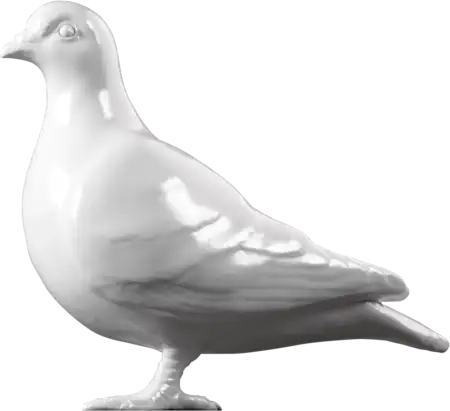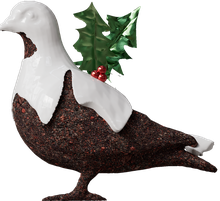Printed Ephemera — 1889-1891
Descriptive Map of London Poverty
This map, identified as 'Section 48' forms part of the original hand coloured Descriptive Map of London Poverty compiled by Charles Booth and his assistants. The large map, adapted from an Ordnance Survey map of London from 1869 has been cut into 60 sections, possibly following its donation to the London Museum in 1927 by Sir George Duckworth, (1868-1934) one of Booth's assistants and older half brother to the author Virginia Woolf.
Charles Booth's assistants produced the map as part of Booth's first Inquiry into Life & Labour in London. The first edition of the poverty maps was based on information gathered from School Board visitors cross-referenced against reports by charities and social workers. A first sheet covering the East End was published in the first volume of Labour and Life of the People, Volume 1: East London 1889 as the Descriptive Map of East End Poverty. The map was expanded in 1891 to four sheets - covering an area from Kensington in the west to Poplar in the east, and from Kentish Town in the north to Stockwell in the south - and published in subsequent volumes of the survey. These maps are collectively known as the Descriptive Map of London Poverty 1889.
The maps identify the social character of every street in London through colour coding. Seven different colours are used to identify 7 different classes of society taking into account a number of factors such as regularity of income, work status and industrial occupation.
A street coloured black represents the lowest class, vicious and semi-criminal, that of dark blue the very poor and casual laboureres in chronic want and that of light blue the 'poor' with an income of 18s to 21s a week for a moderate family. A purple street was one with a mixed social class - with some comfortable and others poor. A pink street was 'fairly comfortable with good ordinary earnings, a red street middle class and 'well-to-do' whilst a yellow or gold street housed mainly upper-middle and upper class, wealthy families.
The predominant colours on this section of the map are pink and purple indicating that, although this was primarily a working class area, extreme poverty was not a key feature of this south London district. The red, main streets, including the Old Kent Road, indicate the presence of shops and commercial property, this being the traditional colour used by Booth's assistants to indicate businesses.
- Category:
- Printed Ephemera
- Object ID:
- 27.120/1av
- Object name:
- Descriptive Map of London Poverty
- Object type:
- Artist/Maker:
- Booth, Charles
- Related people:
- Related events:
- Related places:
- Production date:
- 1889-1891
- Material:
linen, paper, ink
- Measurements/duration:
- H 640 mm, W 483 mm (overall)
- Part of:
- —
- On display:
- —
- Record quality:
- 100%
- Part of this object:
- —
- Owner Status & Credit:
Permanent collection
- Copyright holder:
digital image © London Museum
- Image credit:
- —
- Creative commons usage:
- —
- License this image:
To license this image for commercial use, please contact the London Museum Picture Library.

